Italy – The Land of Dreams
Rome exerted an enormous draw, not only as the centre of the Catholic world, but also as the cradle of art and culture. Since the end of the 18th century, people here sought the models of antique greatness, both in art as well as morals, which appeared down the tunnel of time to be quite irretrievable. Generations of artists and writers made their way across the Alps to Italy. And with time a veritable colony of German artists had established itself in Rome.
In the early 19th century, a group of young artists frustrated by the rigidity of classicist painting turned their backs on academic teaching in Vienna, and set off for Italy. Once in Rome they found refuge in a former monastery, where they lived according to mediaeval patterns as a religiously-minded brotherhood of painters. Their avowed aim was the reformation of art on the bases of religion and patriotism. Using a simple language of forms, and a few clear colours, their works aimed at conveying piety and noble-mindedness. They drew their artistic inspiration from Dürer and the Italian painters of the 15th century. And since their long hair recalled the depictions of Jesus, people mocked them and called them “Nazarener” [Nazarenes].
In the second half of the century they were joined by other artists, and this circle became known as the “Deutschrömer” [German Romans]. Their works also reveal an intensive study of the classical ideals of Antiquity, of mythological themes and the art of the Italian Renaissance. The experience that German artists gained in Italy had a significant effect on artistic developments in Germany.
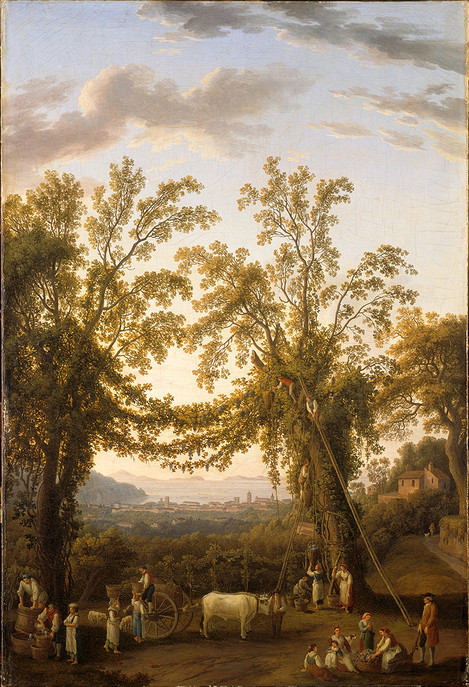 Jacob Philipp Hackert (Prenzlau 1737 – 1807 San Piero di Careggi): Autumn (Grape Harvest in Sorrento), c. 1784. Oil on canvas, 96.5 x 64 cm. Acquired in 1935 with funds from the De-Noël-Fonds. WRM 2517. Photo: Rheinisches Bildarchiv Köln
Jacob Philipp Hackert (Prenzlau 1737 – 1807 San Piero di Careggi): Autumn (Grape Harvest in Sorrento), c. 1784. Oil on canvas, 96.5 x 64 cm. Acquired in 1935 with funds from the De-Noël-Fonds. WRM 2517. Photo: Rheinisches Bildarchiv Köln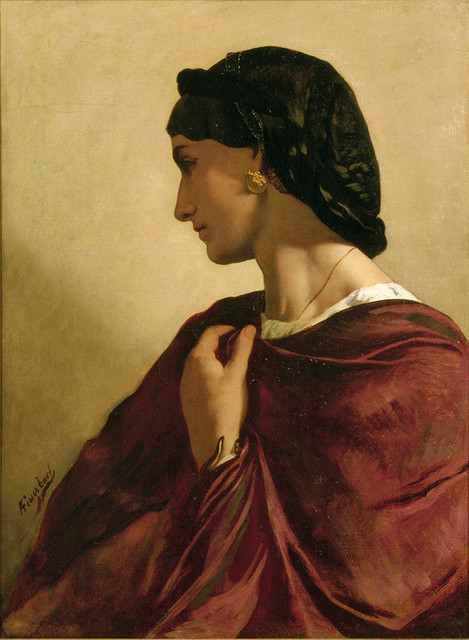 Anselm Feuerbach (Speyer 1829 – 1880 Venice): Nanna, 1861. Oil on canvas, 73.5 x 55.5 cm. Acquired in 1929. WRM 2372. Photo: Rheinisches Bildarchiv Köln
Anselm Feuerbach (Speyer 1829 – 1880 Venice): Nanna, 1861. Oil on canvas, 73.5 x 55.5 cm. Acquired in 1929. WRM 2372. Photo: Rheinisches Bildarchiv Köln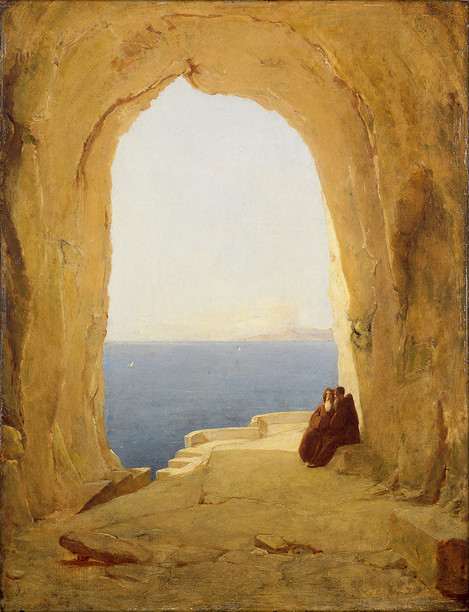 Karl Blechen (Cottbus 1798 – 1840 Berlin): Grotto at the Gulf of Naple, c. 1830. Oil on canvas, 37.5 x 29 cm. Acquired in 1938. WRM 2603. Photo: Rheinisches Bildarchiv Köln
Karl Blechen (Cottbus 1798 – 1840 Berlin): Grotto at the Gulf of Naple, c. 1830. Oil on canvas, 37.5 x 29 cm. Acquired in 1938. WRM 2603. Photo: Rheinisches Bildarchiv Köln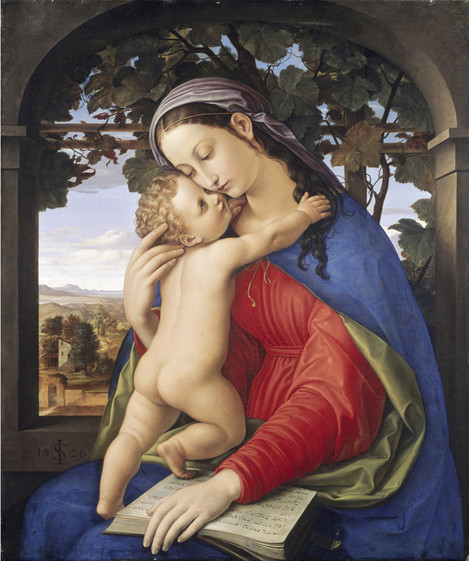 Julius Schnorr von Carolsfeld (Leipzig 1794 – 1872 Dresden): Mary and the Child, 1820. Oil on canvas, 74 x 62 cm. Acquired in 1885. WRM 1112. Photo: Rheinisches Bildarchiv Köln
Julius Schnorr von Carolsfeld (Leipzig 1794 – 1872 Dresden): Mary and the Child, 1820. Oil on canvas, 74 x 62 cm. Acquired in 1885. WRM 1112. Photo: Rheinisches Bildarchiv Köln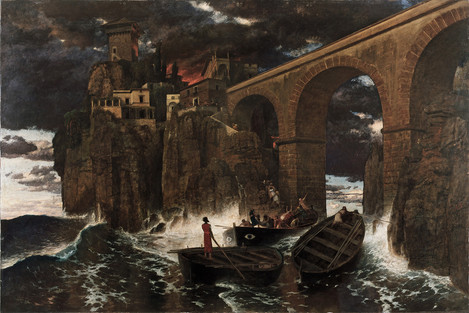 Arnold Böcklin (Basel 1827 – 1901 San Domenico/Florenz): Pirate Attack (Heroic Landscape), 1886. Varnish paint on mahogany, 153 x 232 cm. Acquired in 1904 as a gift from Cologne Art-Lovers. WRM 1143. Photo: Rheinisches Bildarchiv Köln
Arnold Böcklin (Basel 1827 – 1901 San Domenico/Florenz): Pirate Attack (Heroic Landscape), 1886. Varnish paint on mahogany, 153 x 232 cm. Acquired in 1904 as a gift from Cologne Art-Lovers. WRM 1143. Photo: Rheinisches Bildarchiv Köln


